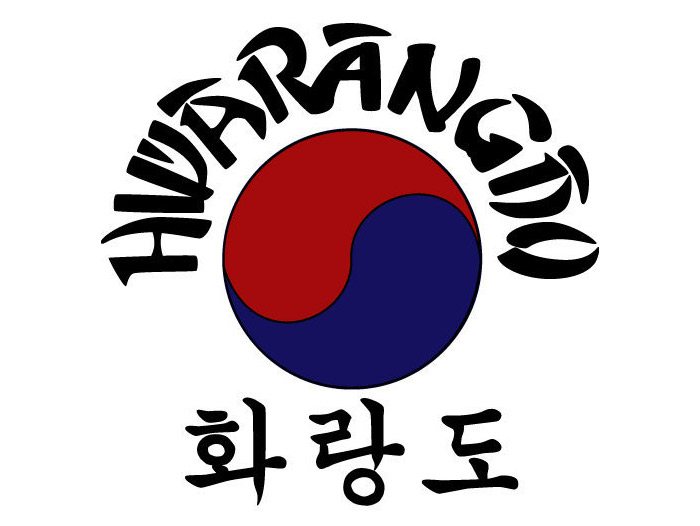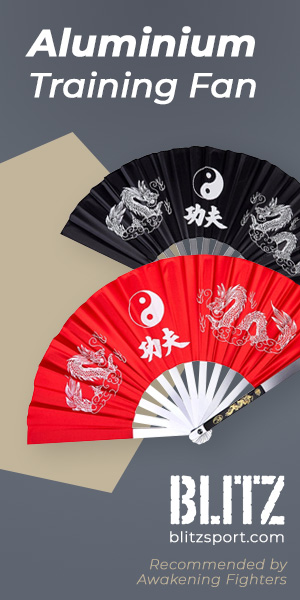Summary
Hwa Rang Do is a bare-hand combat hailing from Korea. Given the natural survival instincts and aggressive elements in the human species, the arrival of human race along delivered hand-to-hand fights. Korean combat received some direction about 5,000 years ago. The direction turned out to be the germinating seed for Hwa Rang Do, which is a martial art of combative techniques and is made more lethal with the use of weapons.
History / Origins
ETYMOLOGY
To decode the meaning of Hwa Rang Do, just take each word one at a time:
- Hwa means flower.
- Rang means man.
- Do means way.
To make it cognizable, you can say “The way of the flowering man” or ‘The way of the flowering knights.” Simplifying further, it would mean “The way for an ideal man to grow and bloom.”
BEGINNINGS
The originator of Hwa Rang Do was Joo Bang Lee. His father who was proficient in Judo, Kendo, and Boxing, introduced him to martial arts early in his life In 1942, according to Joo Bang Lee, his father took him to a monk named Suahm Dosa, who took him and his brother Joo Sang Lee under his wings to train them in martial arts, including Kuk Sool Kwan at his training school in the hills in North Korea. There they remained for 10 years before the wave of communism forced them to flee to South Korea.
Later, Joo Bang Lee’s training was taken over by Choi Yong Sul, a martial art expert with another name. Under his guidance Joo Bang Lee honed the martial arts skills of Dae Dong Ryu Yu Sool.
In 1966, Kuk Sool Kwan style caught the eye of the South Korean president, who until then was not aware of what this fighting art was. The services of Joo Bang Lee were called on to begin a new era of martial arts in Korea. Joo Bang Lee began the unification work of different martial arts of Korea with his funds that were to be reimbursed by the government later but were not. The nation was introduced to a new martial art, Hapkido, on a televised program. In spite of the show being a hit, the unification fell apart due to inner differences. Despite this, Joo Bang Lee did not give up. With the blessing of his master, Suahm Dosa, he officially registered the Korean Hwa Rang Do Association in 1966 and Hwa Rang Do was born.
PRESENT DAY
After having done his part in Korea, Joo Bang Lee moved to California. Along with him went the headquarters of Hwa Rang Do from Korea to USA. Unlike other martial arts, Hwa Rang Do Association is the owner and sole proprietor of its teachings and it is copyrighted. However, it has liberally certified accredited academies all across the globe. These academies are scattered across the United States, Canada, Mexico, Philippines, Brazil, Russia and many other European and Asia countries. Another outstanding contribution of the organization is the humanitarian work it carries out. The group indulges in fund-raising campaigns for various charitable organizations.
FOLKLORE
It is speculated that the genes of Hwa Rang Do lie in Hwaran, a Buddhist youth organization in the ancient times of the “Three Kingdoms.” It was a warrior system dedicated to churning out the best skilled fighters. The members were children and young adults from aristocratic families who voluntarily joined the system to become warriors and gentlemen. These children were taught art and academics along with martial art skills. They were introduced to the long-held secrets of combative skills, which were hidden in the form of art called “Um-Yang kwon.” These secrete techniques have been passed on for generations and Joo Bang Lee is supposed to belong to the 58th generation of whom the art has been passed on to. Joo Bang Lee let the secret out in the form of Hwa Rang Do.

| COUNTRY OF ORIGIN: | North Korea |
| TIME OF ORIGIN: | - |
| PRACTISED: | |
| FOUNDERS: | Joo Bang Lee |
| FOCUS: | – |
| ALSO KNOWN AS: | - |
| PARENTHOOD: | – |
| DESCENDANTS: | – |
| OLYMPIC SPORT: | No |
NOTABLE FEMALE PRATITIONERS
–
NOTABLE MALE PRATITIONERS
–

| NATIONALITY: | |
| DATE OF BIRTH: | |
| AGE: | |
| BORN: | – |
| RESIDENCE: | - |
| ALSO KNOWN AS: | - |
| OCCUPATION: | – |
| JOB TITLE: | – |
RELATED FEMALE INDIVIDUALS
–
RELATED MALE INDIVIDUALS
–

| COUNTRY: | North Korea |
| LOCATION: | - |
| FOUNDED: | - |
| OPERATIONAL: | |
| FOUNDERS: | Joo Bang Lee |
| ALSO KNOWN AS: | - |
| SECTOR: | – |
| DESCRIPTION: | – |
| WEBSITE: | - |
ACOSSIATED INDIVIDUALS
–
ACOSSIATED ATHLETES
–
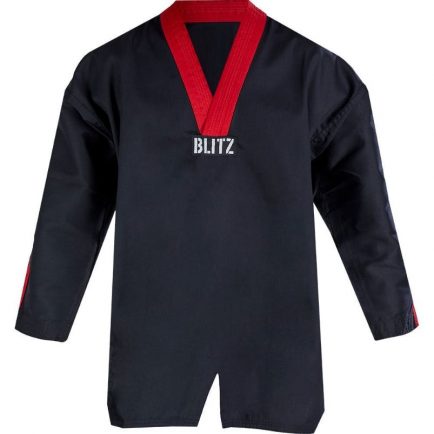
Classic Freestyle Top
V-neck opening allowing the top to slip over the head easily. Black with contrast colour stripes and neck trim. Made from polycotton.
£16.99
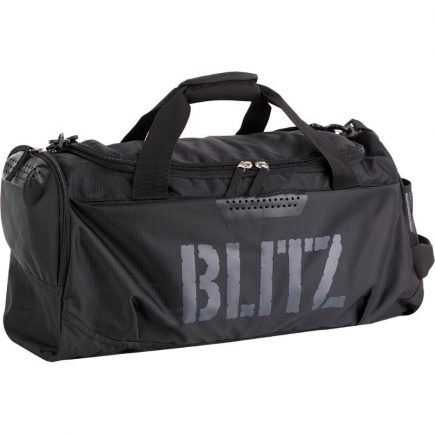
Blitz Colossal Holdall
Large-volume sports holdall designed for those regularly transporting equipment to and from a destination. 100% polyester.
£28.99
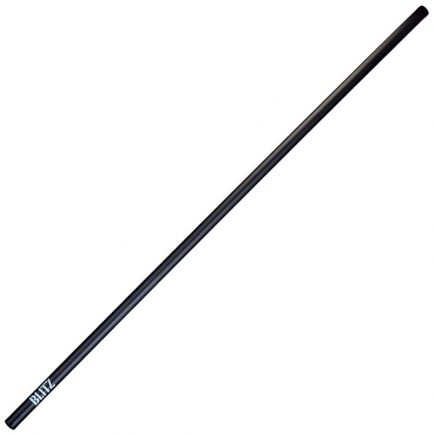
Blitz Foam Bo Staff
Ideal for beginners and juniors to practice with confidence and injury free. 182cm long (71.5 inch). 3.5cm diameter.
£18.99
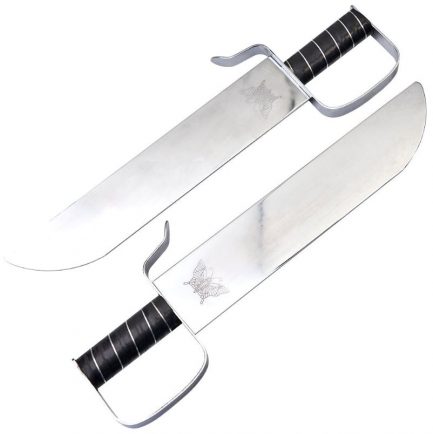
Butterfly Swords
A single edged sword, the butterfly sword is approximately the length of a human forearm to allow for greater manoeuvrability.
£57.99
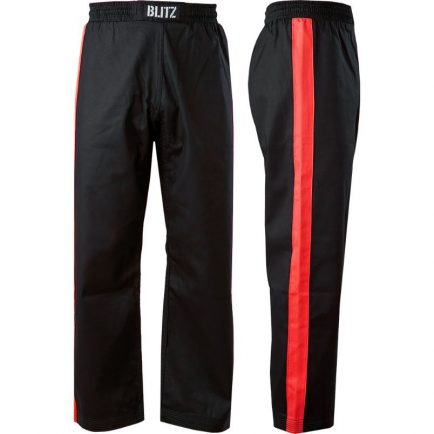
Full Contact Trousers
Suitable for all styles of Martial Arts. Incredibly comfortable during intense training sessions. Reinforced stitching and seams.
£12.99
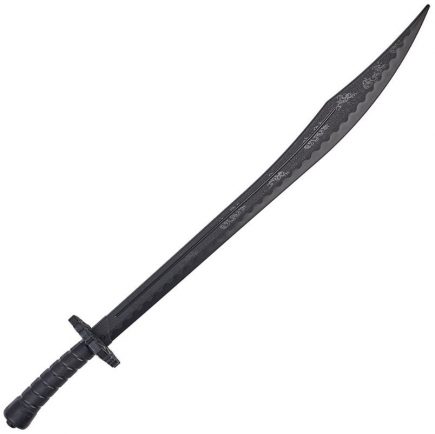
Kung Fu Sword
Designed to be the same weight, size and balance of a live blade, the Kung Fu Sword greatly reduces the risk of injury.
£18.99
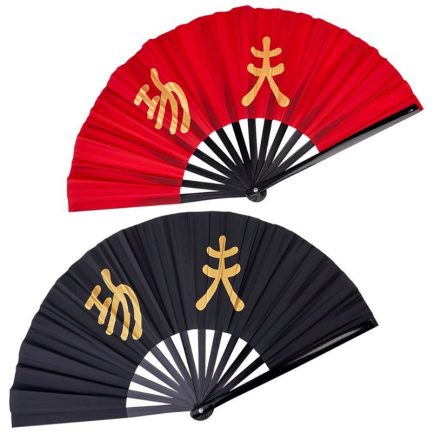
Bamboo Training Fan
The Blitz Bamboo Training Fan is made from a durable bamboo skeleton and is great for decorating your home or dojo.
£13.99
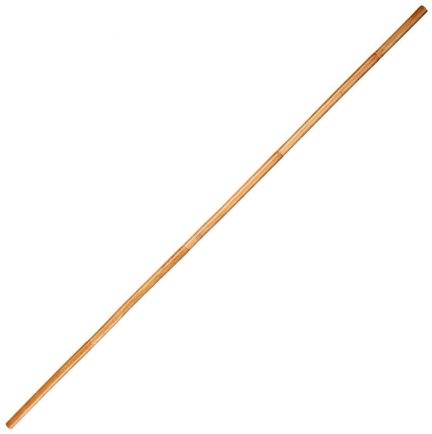
Bo Staff With Skin
A 6ft bo staff made from durable rattan so that you get the best out of your weapon. Approx. 182cm long. 2.5cm diameter.
£23.99
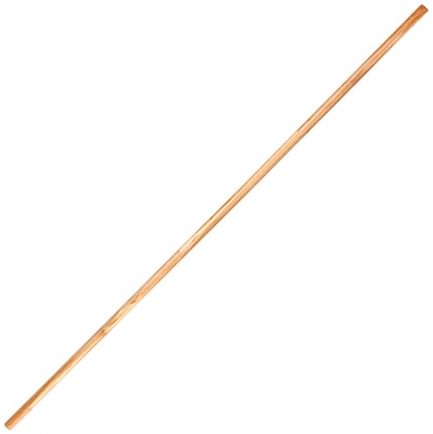
Bo Staff Without Skin
Blitz Rattan Bo Staff without skin is incredibly lightweight and offers great flexibility for fast striking movements. 600g.
£17.99
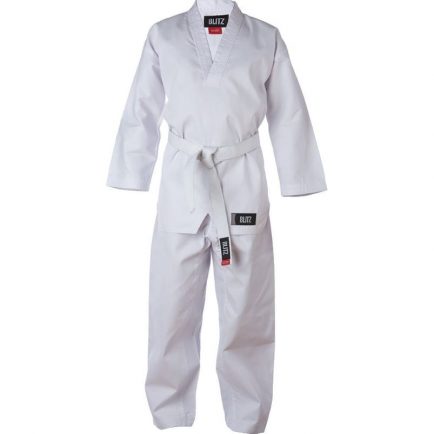
Martial Arts Suit
Blitz Adult V-Neck Martial Arts Suit - 7oz. Suitable for multiple Martial Art disciplines. Smart, classic suit. Ideal for any club.
£24.99
Practices
PHILOSOPHY
This martial art is not about physical fitness or trying to outsmart your opponents, though that is the moral of the story. This art also teaches people to inhabit other spiritual qualities apart from developing their mental selves. Its golden rules, the “Hwa Rang Do Meng Sae,” lay down the principles that a person of integrity and honour should adhere to. They are the five rules, including loyalty to your country, parents, teachers and friends and having the courage to face injustice. The nine philosophical principles including humanity, courtesy, justice, goodness, virtue, wisdom, courage, trust and loyalty form the backbone of Hwa Rang Do’s philosophy.
TECHNIQUES
This section needs collaborators. If you want to contribute, please email info@awakeningfighters.com
TRAINING
This section needs collaborators. If you want to contribute, please email info@awakeningfighters.com
RANKS & GRADING
This section needs collaborators. If you want to contribute, please email info@awakeningfighters.com
WEIGHT CLASSES
This section needs collaborators. If you want to contribute, please email info@awakeningfighters.com
Rules / Rulesets
RULES / RULESETS
A point system is adopted to decide a winner. Each manoeuvre has different points. To compete, a person needs to dress in a grappling uniform. Fingernails, toenails and jewellery should be part of the body. Certificates are needed to prove one’s age. One needs to maintain discipline and wear appropriate sashes when competing. Contacting head, neck, throat, groin and joints is not allowed, nor is biting, hair pulling, eye gouging or striking any part of the body. Throws, takedowns and joint compressions of elbow, spine, and knee are allowed. The duration of each bout lasts 5 minutes. There is a judge who calls the points. When they are scored, he starts and stops the match. There is one score keeper and one timekeeper.
Organisations & Historical Places
ORGANISATIONS
(If you are interested in having your organisation listed, please contact us at info@awakeningfighters.com)
HISTORICAL PLACES
This section needs collaborators. If you want to contribute, please email info@awakeningfighters.com
Popular Culture
POPULAR CULTURE
This section needs collaborators. If you want to contribute, please email info@awakeningfighters.com
Useful Links
USEFUL LINKS
Links coming soon
References
REFERENCES
- http://www.hwarangdo.com/
- http://en.wikipedia.org/wiki/Hwa_Rang_Do
- http://www.hwarangdo.com/gtgrules.htm
COLLABORATORS
No Collaborators found




